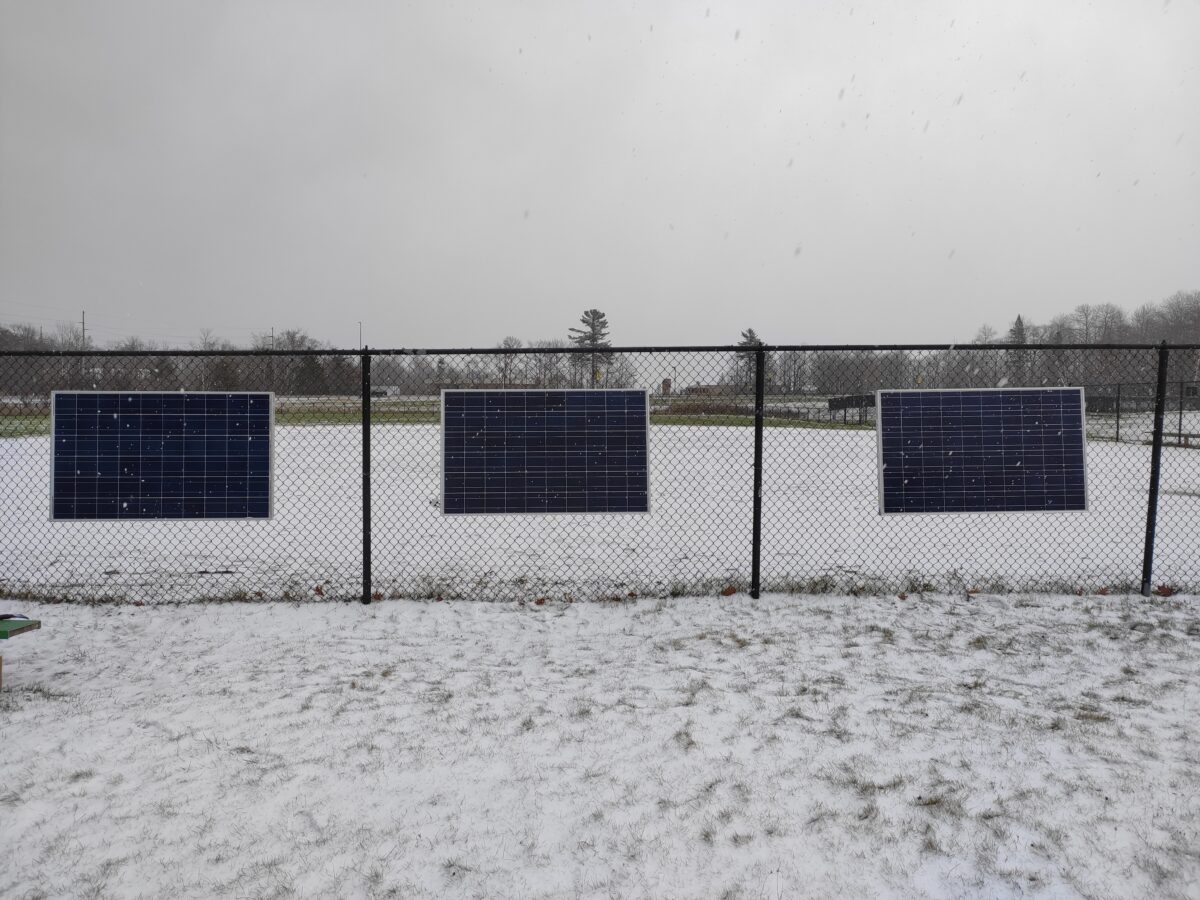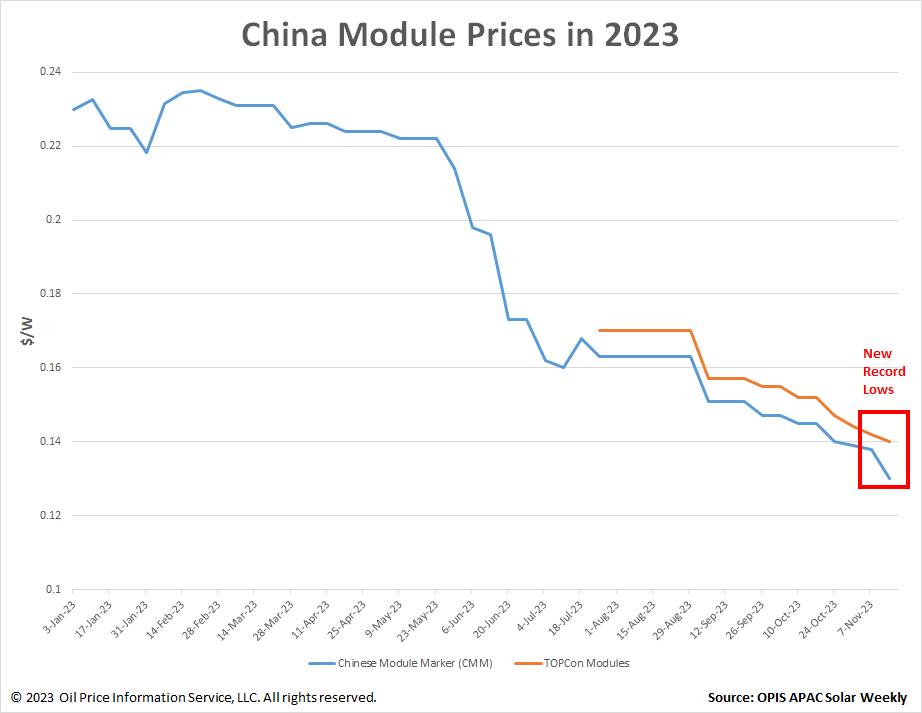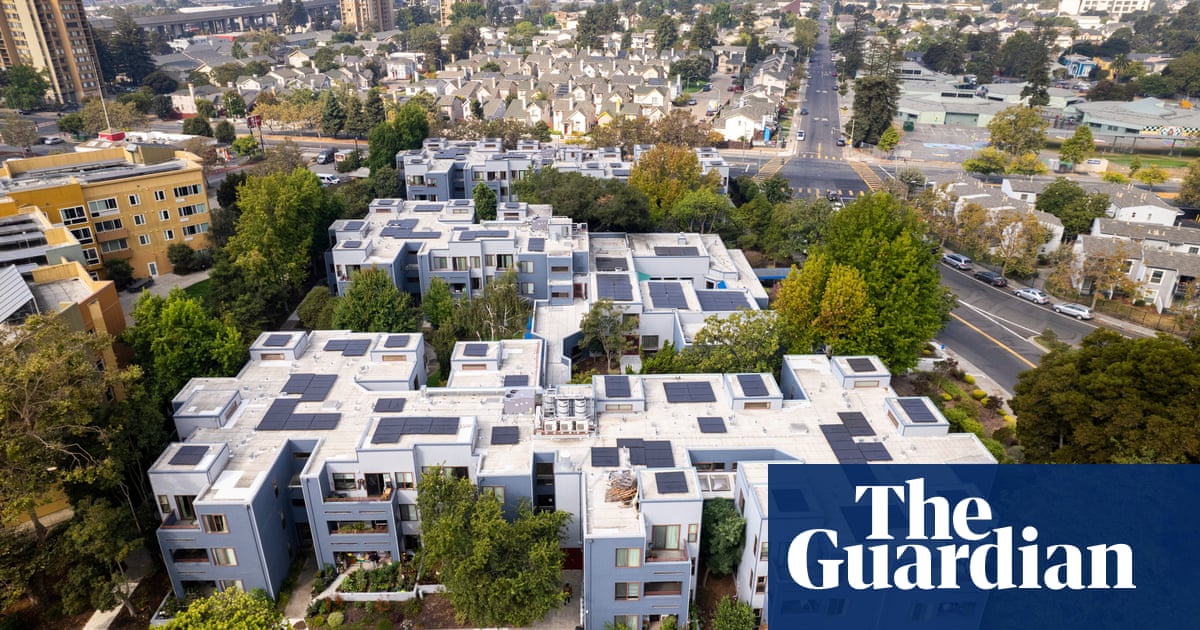ItsNotAboutTheMoney
Well-Known Member
May 2023 numbers added to UK Solar photovoltaics deployment
60.2MW, all in systems <= 50kw, 79.5% <= 10kW. Higher than May 2022 (43.0MW), and higher than April 2023 (56.2), but lower than the recent peak earlier months. Maybe past the peak but still steady business..
In the past 12 months 910.9MW installed, 728.2MW <= 50kW, 593.9MW domestic. 12mo was below 500MW through September 2022.
It looks like some data adjusted upwards as it appears that some larger solar farms opened in earlier months of 2023 and I hadn't included those.
60.2MW, all in systems <= 50kw, 79.5% <= 10kW. Higher than May 2022 (43.0MW), and higher than April 2023 (56.2), but lower than the recent peak earlier months. Maybe past the peak but still steady business..
In the past 12 months 910.9MW installed, 728.2MW <= 50kW, 593.9MW domestic. 12mo was below 500MW through September 2022.
It looks like some data adjusted upwards as it appears that some larger solar farms opened in earlier months of 2023 and I hadn't included those.
| UK Month | Jan | Feb | Mar | Apr | May | Jun | Jul | Aug | Sep | Oct | Nov | Dec |
|---|---|---|---|---|---|---|---|---|---|---|---|---|
| 2021 | 12.6 | 14.4 | 133.1 | 17.1 | 24.3 | 17.6 | 19.5 | 19 | 28.4 | 23 | 27.6 | 20.4 |
| 2022 | 70.6 | 27.6 | 37.4 | 41.2 | 49.2 | 42.6 | 46.4 | 48.8 | 57.3 | 80.6 | 65.5 | 90.3 |
| 2023 | 89.5 | 156.7 | 102.2 | 70.7 | 60.2 |
| UK <= 50kW | Jan | Feb | Mar | Apr | May | Jun | Jul | Aug | Sep | Oct | Nov | Dec |
|---|---|---|---|---|---|---|---|---|---|---|---|---|
| 2021 | 12.6 | 12.8 | 18.1 | 17 | 17 | 17.6 | 17.6 | 18.1 | 21.6 | 19.9 | 25.9 | 17.9 |
| 2022 | 22.4 | 27.6 | 37.4 | 36 | 43 | 42.6 | 43.9 | 48.8 | 57.3 | 57.6 | 65.5 | 50.3 |
| 2023 | 69.6 | 75 | 86.7 | 70.7 | 60.2 |














